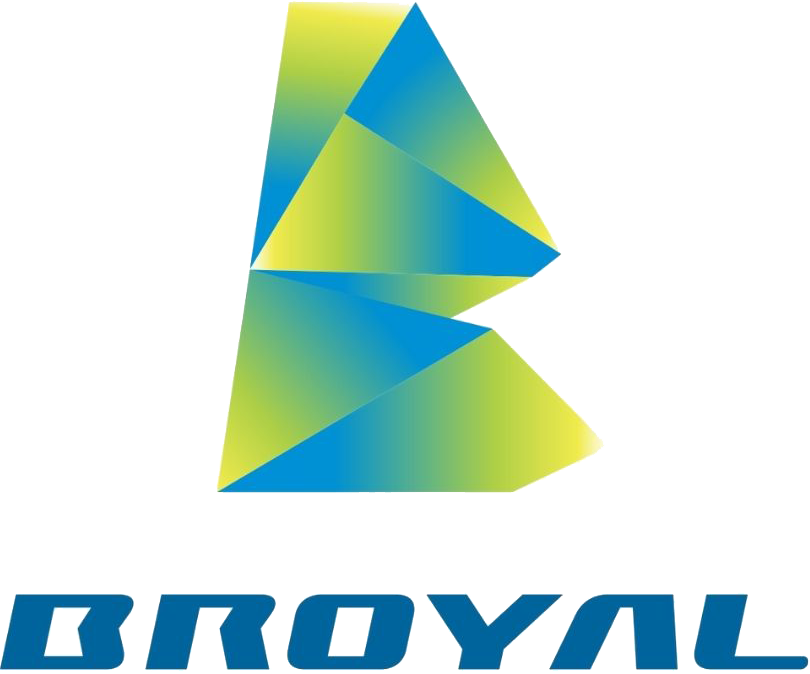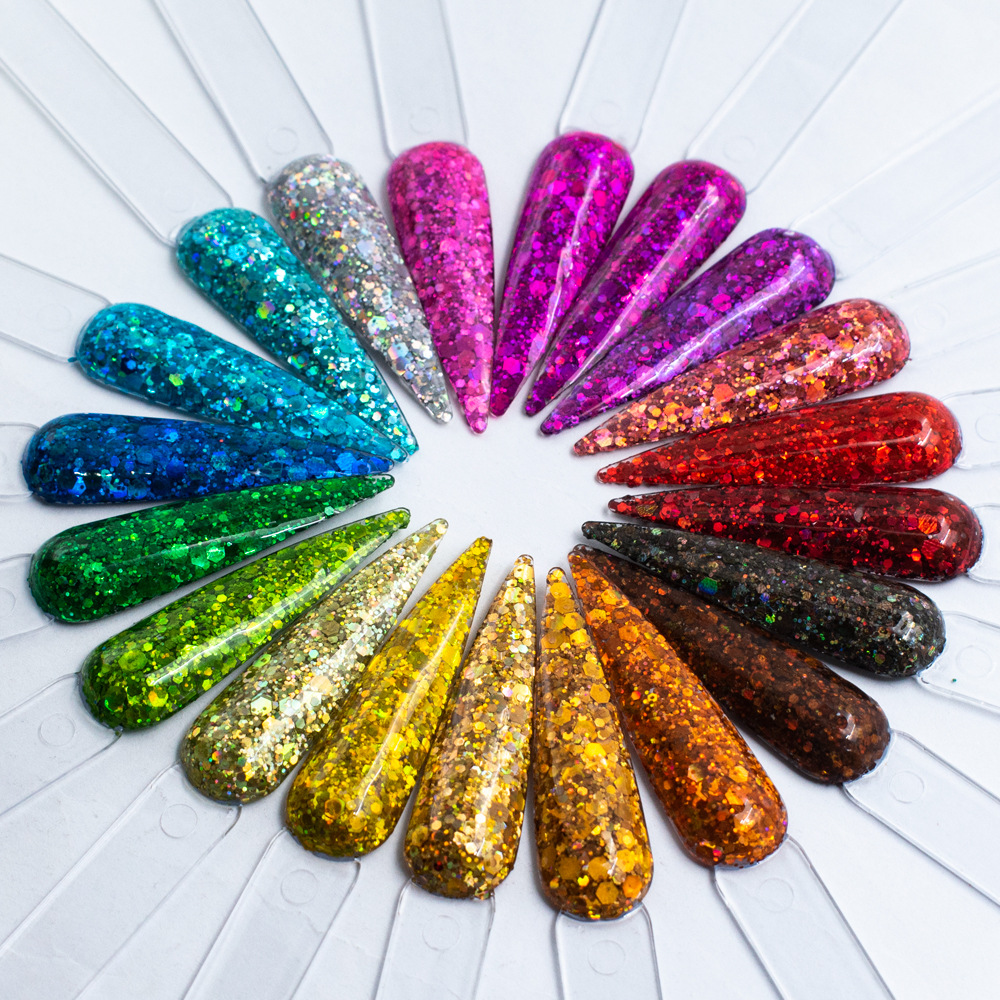Broyal Glitter powder is a unique decorative material that boasts a bright and eye-catching appearance. It is highly resistant to mild corrosive chemicals and has good temperature tolerance. This article, compiled by our store, aims to introduce the various applications of glitter powder.
Usage of Broyal Glitter Powder
Glitter powder is widely used in a variety of industries due to its unique decorative effects. It is commonly found in Christmas crafts, candle-making, cosmetics, screen printing (on fabrics, leather, shoes, and New Year’s posters), decorative materials (such as artistic glassware, polycrystalline glass, and crystal balls), paint decoration, furniture spraying, packaging, Christmas gifts, and toy markers. The primary advantage of glitter powder is its ability to enhance the visual appeal of products, creating a three-dimensional and textured appearance. Its highly reflective nature makes decorated items more vibrant and eye-catching.
In the cosmetics industry, glitter powder is extensively used in eyeshadows, nail polish, and various nail art products. Since glitter powder is made from plastic film with a coated layer to achieve its shiny effect, it is also widely used in food packaging. However, it is strictly prohibited to add glitter powder to food products.
With the continuous advancement of technology, the applications of glitter powder are expected to expand even further across different fields.
Standards for High-Quality Broyal Glitter Powder
- High Brightness: High-quality glitter powder has a high level of reflectivity, with a bright and mirror-like surface.
- Uniform Shape: Under a microscope, high-quality glitter powder particles are uniform in shape, typically forming a standard hexagonal structure, without any irregular sizes or powdery residues.
- Resistance to Strong Acids and Alkalis: High-quality glitter powder can maintain its vibrant color even after prolonged exposure to strong acids and alkalis.
- High-Temperature Resistance: Glitter powder can be tested by steaming it at high temperatures. If it does not fade or partially fade, it is considered top-quality. This method is often used to evaluate glitter powder for use in glitter glue and nail polish.
Main Types of Broyal Glitter Powder
- PET and PVC Glitter Powder: This type of glitter powder is composed of vacuum metallized polyester plastic film. Its colored layer is a thermosetting cross-linked epoxy layer, which allows for a wide range of colors. It can be applied to various materials such as wood, paper, fabric, metal, leather, and ceramics through screen printing, coating, or sprinkling to create decorative or reflective effects. PVC glitter powder is not resistant to high temperatures (above 60°C) or acids and alkalis, while PET glitter powder is heat-resistant (up to 190°C) and acid and alkali-resistant.
- Metallic Glitter Powder: Made from extremely thin aluminum foil, this type of glitter powder has a thermosetting cross-linked epoxy layer as its outer colored layer. It is suitable for many soluble materials and can also be applied dry. Metallic glitter powder is an ideal material for plastic products, with a temperature tolerance of up to 250°C and resistance to acids and alkalis.
- Iridescent Glitter Powder: This unique type of glitter powder does not contain metal components. However, due to the optical properties of the polymer film that makes up this product, it exhibits metallic color changes and luster. It is particularly suitable for printing, craft industries, cosmetics, and jewelry, giving products an appearance with changing colors.
- Holographic Glitter Powder: This type of glitter powder is made from high-brightness and high-glamour holographic film, which is coated and colored at high temperatures and then cut into uniformly shaped flakes by professional precision machinery. The base film is usually an environmentally friendly PET holographic film, making the resulting holographic glitter powder relatively expensive. Due to its superior reflective effect compared to regular glitter powder, holographic glitter powder is commonly used in industries such as injection molding and glass building materials to create a glossy surface.

